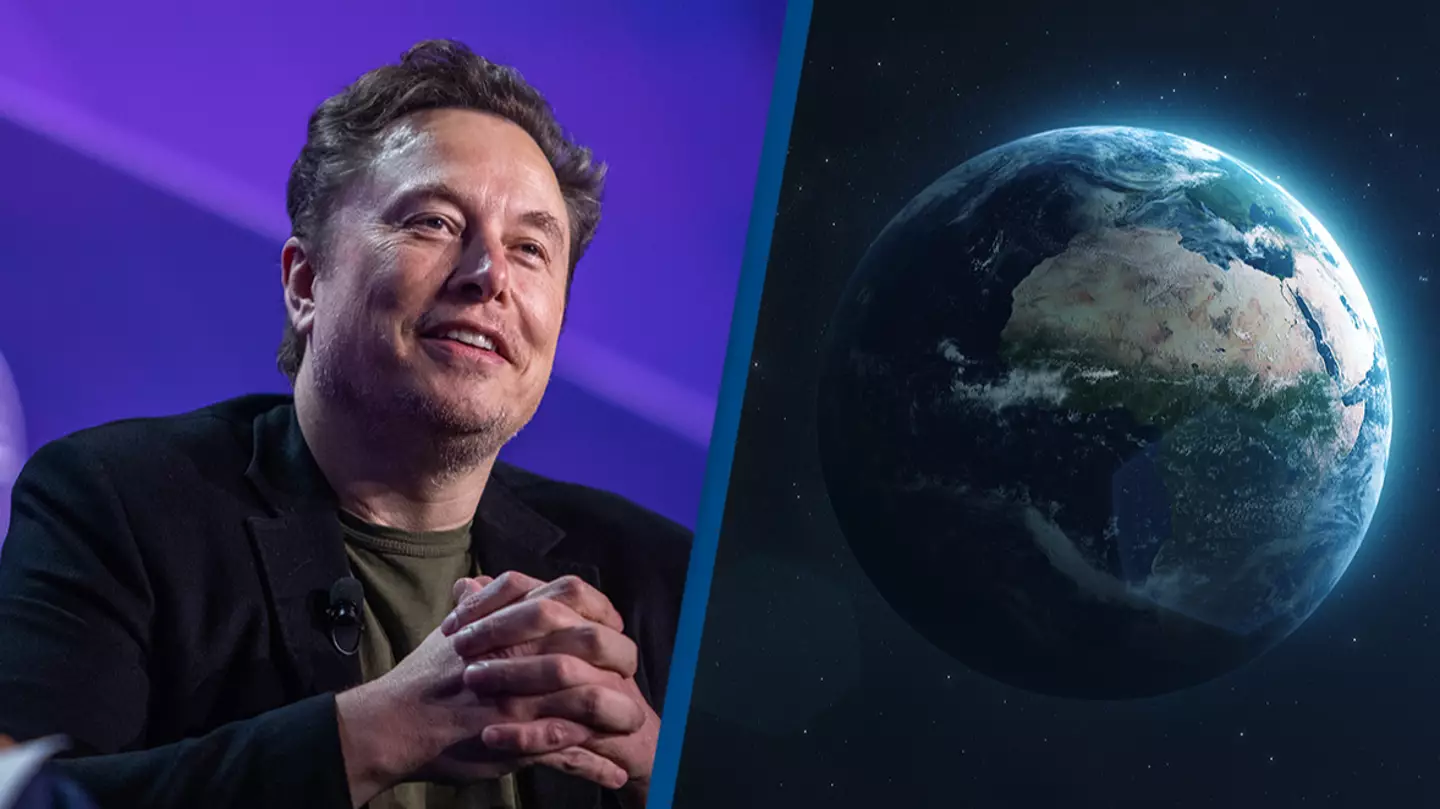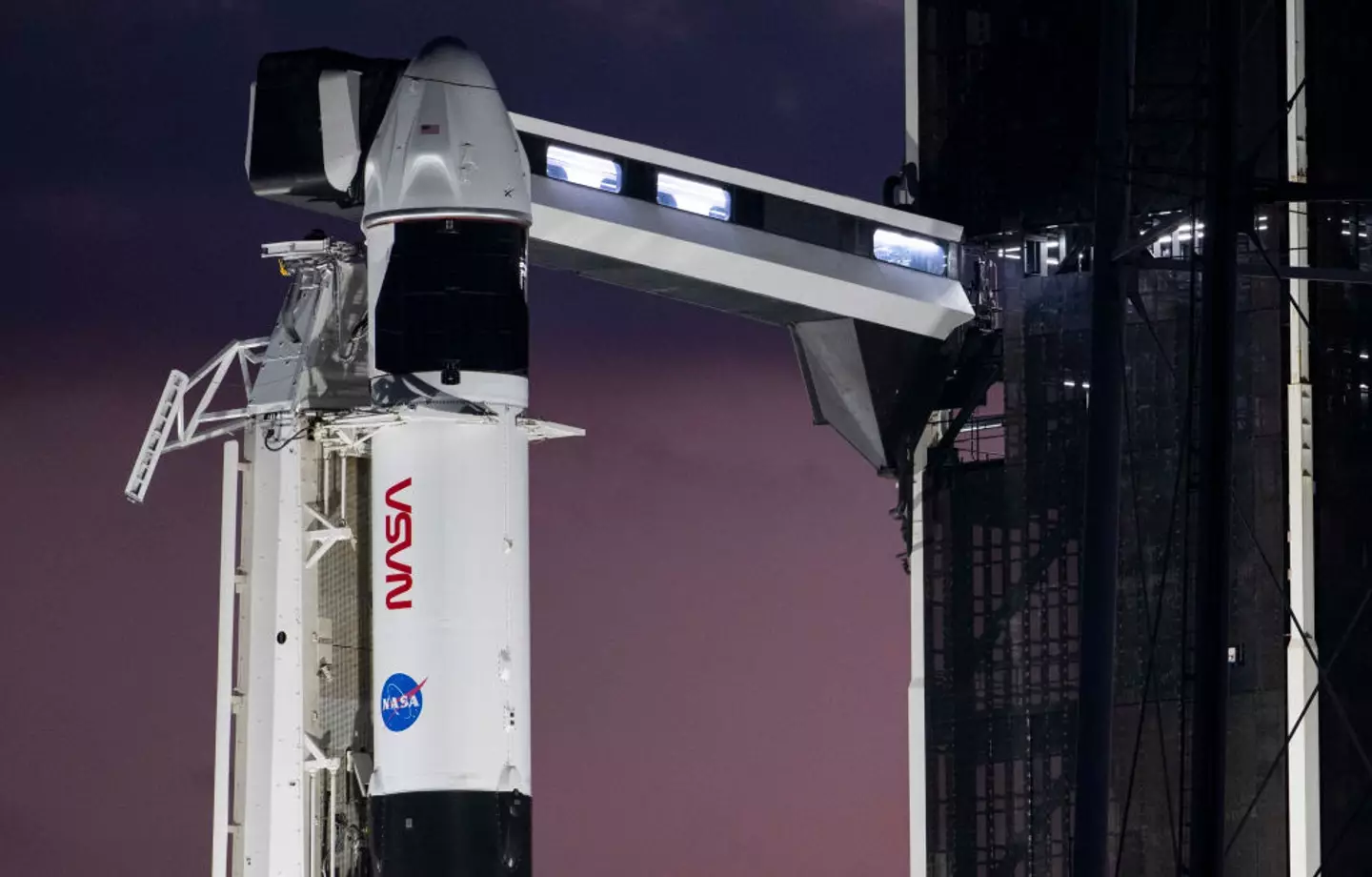
Elon Musk's multi-million dollar plan to destroy the International Space Station could be helping to save the world.
The entrepreneur's company SpaceX recently won a $843 million NASA contract to help de-orbit the ISS once operations end after 2030.
The station has given scientists the unprecedented ability to research space, but it wasn't built to last forever.
The largest man-made item put in space, decommissioning the ISS is no easy feat. NASA has planned to slowly let the ISS get closer to Earth 18 months after operations end on board.
Advert

Then, a modified SpaceX Dragon spacecraft will latch on to the ISS and use its thrusters to propel the space station towards Earth.
As the ISS moves through the Earth's atmosphere, it will largely break in to pieces and burn up. But the larger modules of the space station will make it through the atmosphere and land in an ocean - most likely a remote part of the Pacific Ocean dubbed Point Nemo, also known as 'the spacecraft cemetery'.
Now, some people have questioned why the ISS can't just be left to float in space.
Advert
By doing this, it could contribute to a terrifying - but very real - scenario that could change life as we know it, called Kessler Syndrome.
What is Kessler Syndrome?
.jpg)
Back in 1978, NASA scientists Donald Kessler and Burton Cour-Palais theorized that if humanity keeps on sending more and more spacecraft in to space, there's higher chances of collisions as Earth's orbit becomes more crowded.
Advert
Kessler demonstrated that once the amount of debris in a particular orbit reaches something called 'critical mass', collisions begin even if no more objects are launched into the orbit.
"Once collisional cascading begins, the risk to satellites and spacecraft increases until the orbit is no longer usable," NASA says.
Kessler estimated that it would take 30 to 40 years to get to this point. Nowadays, some experts thing we are already at critical mass in low-Earth orbit, which is roughly 560 to 620 miles (900 to 1,000 kilometers).
Currently, more than 10,000 satellites are orbiting the Earth. On top of that, more than 100 trillion pieces of old satellite are still circling the planet, with parts occasionally falling in to the Earth's atmosphere over time and burning up.
How could Kessler Syndrome change the world?

Advert
Our modern lives would be impossible if the phenomenon ever came to be. Satellites could be wiped out, causing internet, Wi-Fi and phone outages.
Weather satellites could be taken out, impacting our critical ability to track its impact on a number of industries.
But Amrith Mariappan and John L. Crassidis, authors of the 2023 paper 'Kessler’s syndrome: a challenge to humanity,' write that the 'recycling of space debris emerges as a promising and long-term sustainable solution to the mitigation of space debris'.
Another short term option being taken by some is to de-orbit waste and let it burn up in the atmosphere of Earth - which is exactly what Musk, SpaceX and NASA are doing with the ISS.
Advert
While this technique can remove immediate threats, it still carries risks and can pose environmental problem, such as the depletion of the ozone layer.
Topics: Space, Science, Technology, Environment, Elon Musk, NASA, Space X